Python


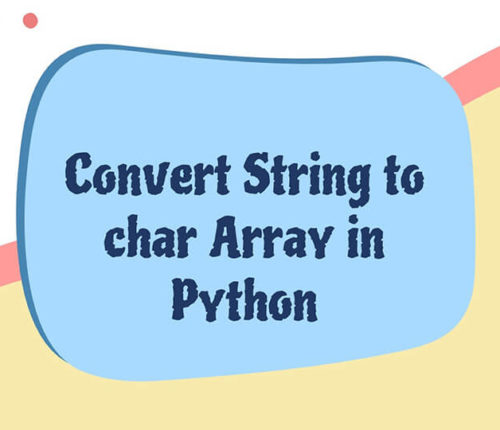 06 November
06 NovemberConvert String to Char array in Python
Strings are made up of characters. In python, we don’t have a character or char data type. All the characters are recognized as strings of length one. In this article, we will discuss different approaches to convert a string to a char array in python. We will also implement the programs to convert a string […]
 06 November
06 NovemberConvert int to binary in Python
This tutorial focuses on the different ways available to convert int to Binary in Python. What is int in Python? The term int is widely used in the Python programming world and is the term for the data type that is reserved for storing integer type values. What is Binary? It is a number system […]
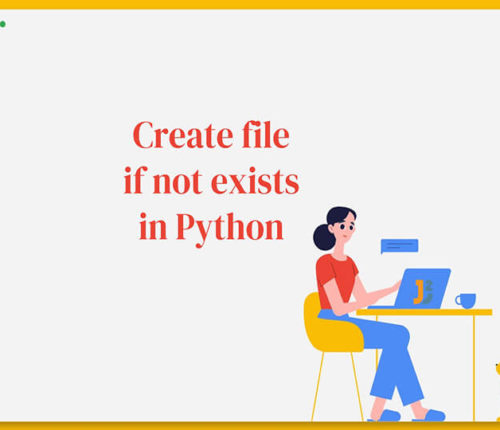 06 November
06 NovemberCreate File if Not Exists in Python
1. Introduction to the Problem Statement In Python, ensuring that a file is created only if it does not already exist is a common operation in many applications like data logging, file manipulation, or when working with temporary files. This operation is crucial to prevent overwriting existing data. Our task is to create a file […]
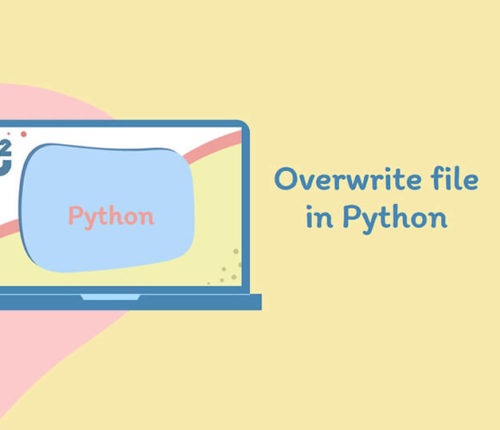 06 November
06 NovemberOverwrite file in Python
File Handling in Python We can read and write content to files in Python. We use the open() function to create files and specify the path and mode for the required file. This creates a file handling object that handles different file operations. Ways to overwrite file in Python To overwrite a file, we need […]
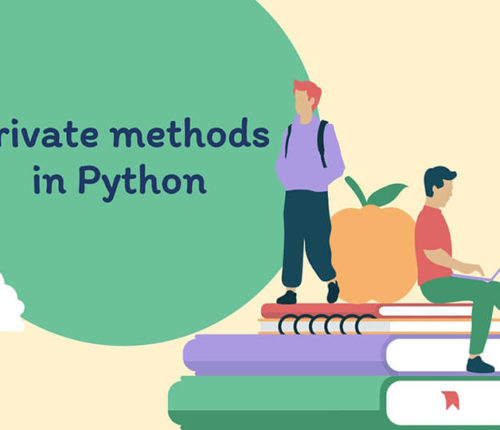 06 November
06 NovemberPrivate method in Python
Have you ever used data structures like pandas dataframe while programming in python? Don’t they make working with complex tabular data a cakewalk? You can just use methods provided in the pandas module and every task is executed. Have you ever thought about how these complex data structures are handled by python? You didn’t! Because […]
 02 November
02 NovemberTruncate float in Python
Truncating a floating-point number is a widely used practice and helps in making the calculations and results easier. The process of truncating a float can be tackled in two ways, one by removing the excess and unnecessary digits or the other by simply rounding the number. This article focuses on the different ways available to […]
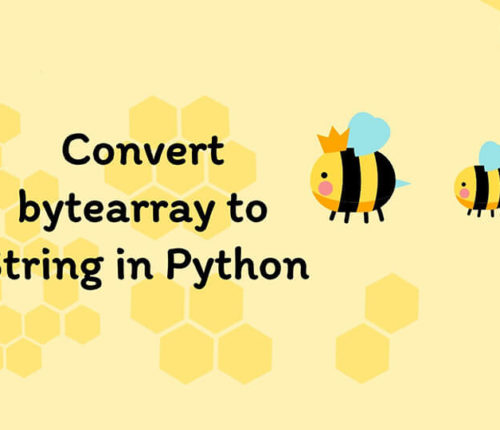 01 November
01 NovemberConvert Bytearray to String in Python
Python supports different types of sequence objects to store data. One such object is a bytearray object. As the name suggests, a bytearray object is an array of bytes or a sequence of bytes. In this article, we will discuss different ways to convert bytearray to string in Python. How to create a bytearray from […]
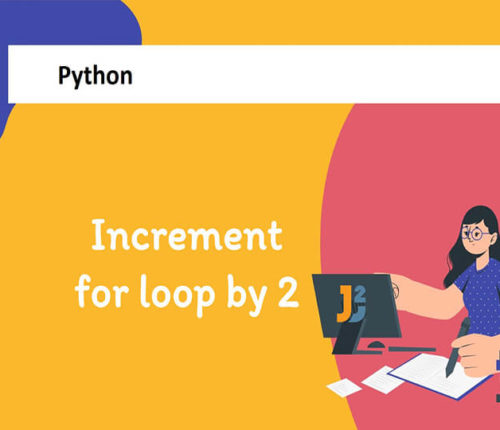 01 November
01 NovemberFor Loop Increment By 2 in Python
We often use a for loop in python to iterate over a container object like a list or tuple. We also use for loops to perform tasks a fixed number of times. In python, the iterator or value in a for loop increments by one by default. In this article, we will see how we […]
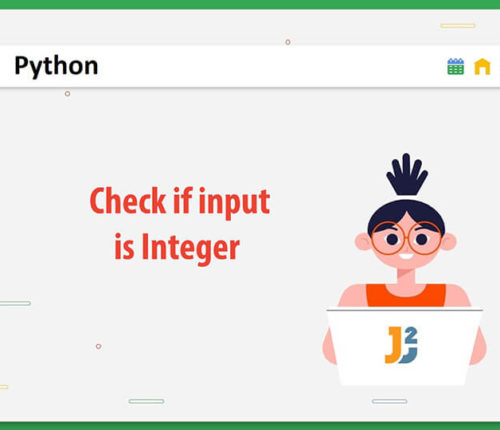 01 November
01 NovemberCheck if input is integer in Python
There is wide use of input statements in the programming world. In Python, we use the input() function to take in the input from the user. The data entered could be of any data type provided by Python. Sometimes the data type of the input needs to be checked and specified. This article focuses on […]



